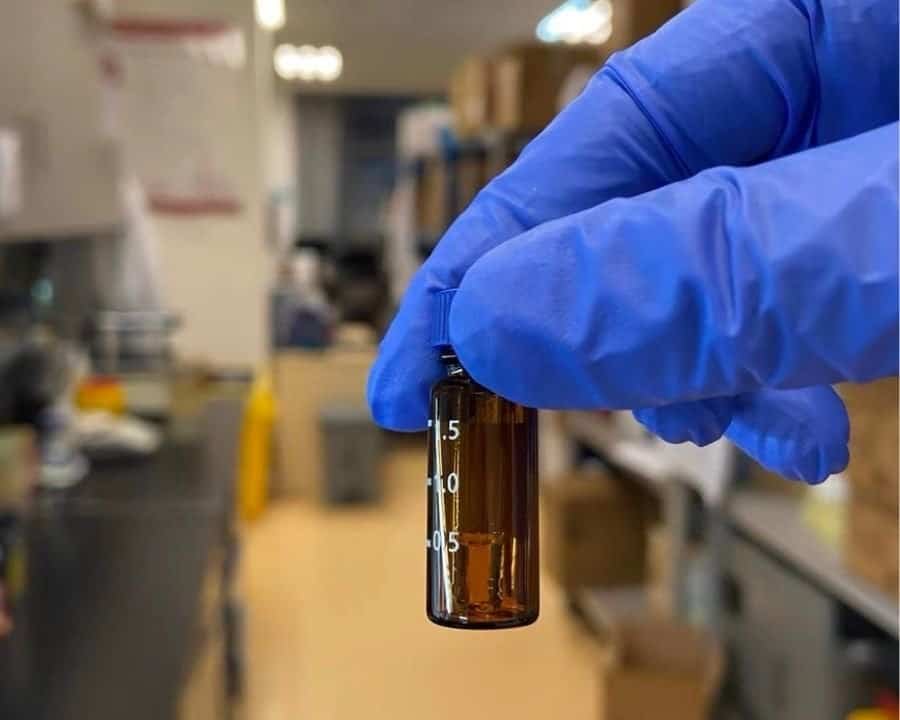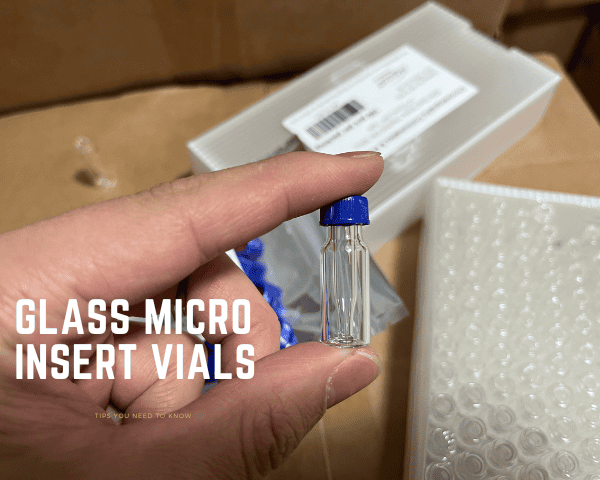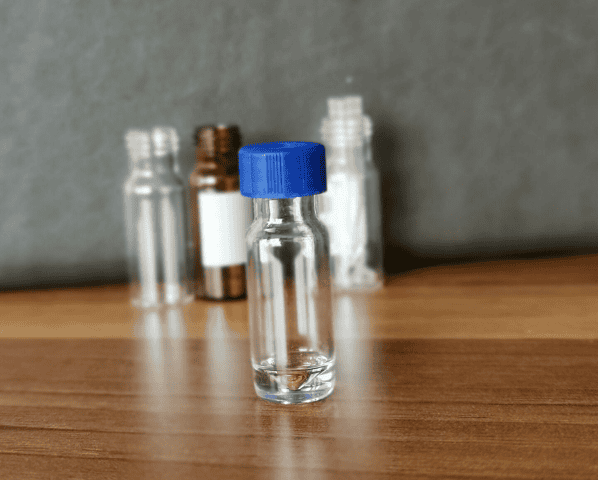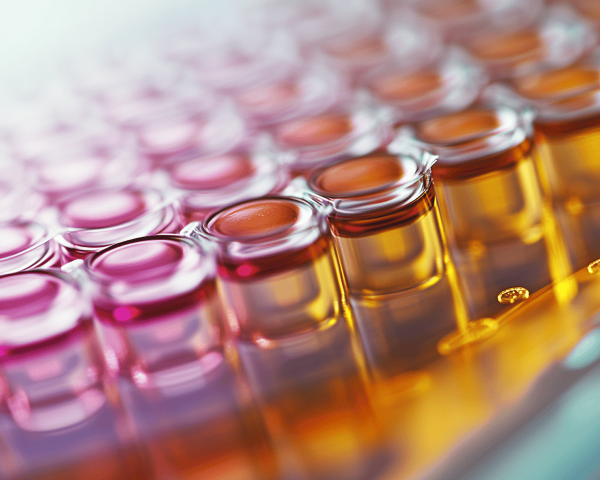Deactivated glass might not be something you think about daily, but if you’re in the field of chromatography, its impact is substantial. I remember the first time I learned about it—it was a revelation! I never thought that treating glass could solve so many issues in labs. But let’s dive into it, so you can see what I mean.
Have you ever dealt with sample loss or contamination during analysis? It can be a real headache, right? Well, deactivated glass can save you from those frustrating experiences. Essentially, deactivated glass is glass that has been treated to create a chemically inert surface. This means it reduces interaction with whatever substance you put in it. Let’s break it down.
Reducing Sample Reactivity
You might ask, “Why would glass react with my samples in the first place?” It’s a good question! The truth is, regular glass surfaces contain active sites—places on the glass where chemical reactions can occur. Imagine doing a crucial analysis, only to find that your sample has adhered to the glass. Not fun.
Deactivated glass addresses this by creating a protective layer over those active sites. This layer prevents unwanted interactions between the sample and the container. So, if your sample is delicate or prone to adhering to glass surfaces, using deactivated glass vials can help maintain its integrity. It’s a small change that can make a huge difference in your lab results.
Minimizing Sample Loss
I don’t know about you, but in my experience, sample loss is one of the most aggravating issues in chromatography. Deactivated glass helps minimize this by ensuring your sample doesn’t stick to the surface. And when it comes to trace analysis or working with tiny quantities, every drop counts, doesn’t it?
Consider this: If 1% of your sample sticks to the glass, that’s 1% less data, 1% more uncertainty. In fields like pharmaceuticals, where precision is everything, that 1% could be the difference between a successful experiment and a failed one.
Enhancing Accuracy in Results
Let’s talk about accuracy. It’s what we strive for in every analysis. With deactivated glass, your samples maintain their original composition, leading to more accurate results. When I first used deactivated glass vials, I noticed a real difference in the consistency of my results. It made me think: “Why didn’t I switch sooner?” What do you think—would it be worth it for your lab?
For applications involving proteins, peptides, or other biological samples, deactivated glass can be a game-changer. These substances are particularly prone to adsorption onto regular glass, which can skew your readings. By using deactivated glass, you ensure that what you measure is what you placed in the vial, without losing sensitive components along the way.
Benefits for Specific Applications
Deactivated glass isn’t just a nice-to-have; in some cases, it’s a must-have. Here’s why.
Protein and Peptide Stability
Have you ever faced issues with protein samples degrading or sticking to surfaces? It’s a common problem, but deactivated glass has been shown to prevent this. When working with sensitive samples like proteins, you need all the help you can get. So why take the risk? Using the right materials can save you time, money, and frustration.
Ideal for Basic and Acidic Solutions
Not all vials can handle the pH extremes required in some applications. Regular glass can interact with highly acidic or basic solutions, leading to sample degradation. Deactivated glass, on the other hand, is resistant to these conditions, preserving the integrity of your sample.
Compatibility with a Range of Solvents
One of the things I appreciate most about deactivated glass is its versatility. Whether you’re working with polar, non-polar, or even organic solvents, deactivated glass vials provide a reliable, inert environment. You don’t have to worry about your sample reacting with the container, which is a relief if you’re working on high-stakes projects.
Cost Efficiency in the Long Run
I know what you’re thinking: “All these benefits must come with a higher price tag.” And you’re right—deactivated glass vials typically cost more than standard glass vials. But think about it in the long term. How much do you spend on repeat tests due to sample loss or contamination? How many resources are wasted when you have to run experiments again?
Using deactivated glass vials can actually save you money in the long run by improving the reliability of your results. When you factor in the cost of reagents, time, and human resources, the initial investment pays off.
Conclusion
So, is deactivated glass worth it? I’d say so. From reducing reactivity to preventing sample loss and enhancing accuracy, the benefits speak for themselves. If your goal is to achieve more consistent and reliable results, switching to deactivated glass vials could be a game-changer for your lab. After all, wouldn’t you prefer to have confidence in every analysis you perform? I know I would.
What do you think? Are you ready to consider deactivated glass for your next experiment, or do you have other strategies in mind? Feel free to share your thoughts!
Fianlly, if you’re on the lookout for high-quality HPLC vials at sensible pricing, you won’t miss out Mastelf. With over 13 years of experience in chromatography vials, we can help you find the exact vials you need for your applications.



Our expertise ensures that you get reliable and precise products tailored to your specific requirements. Whether you’re in pharmaceuticals, research, or any other industry relying on HPLC, we understand your needs and are here to support you in making the right purchase.
Reach out to Mastelf, and let us assist you in procuring the perfect vials for your work.











